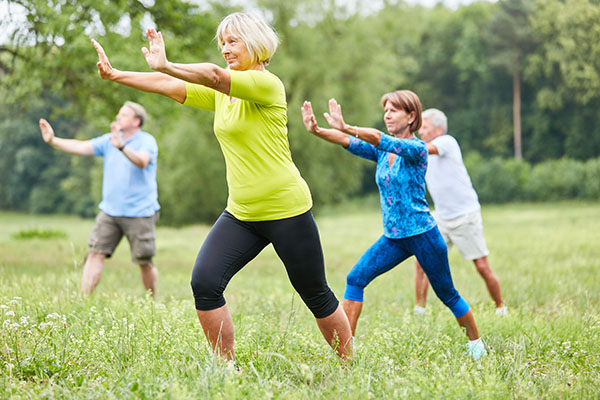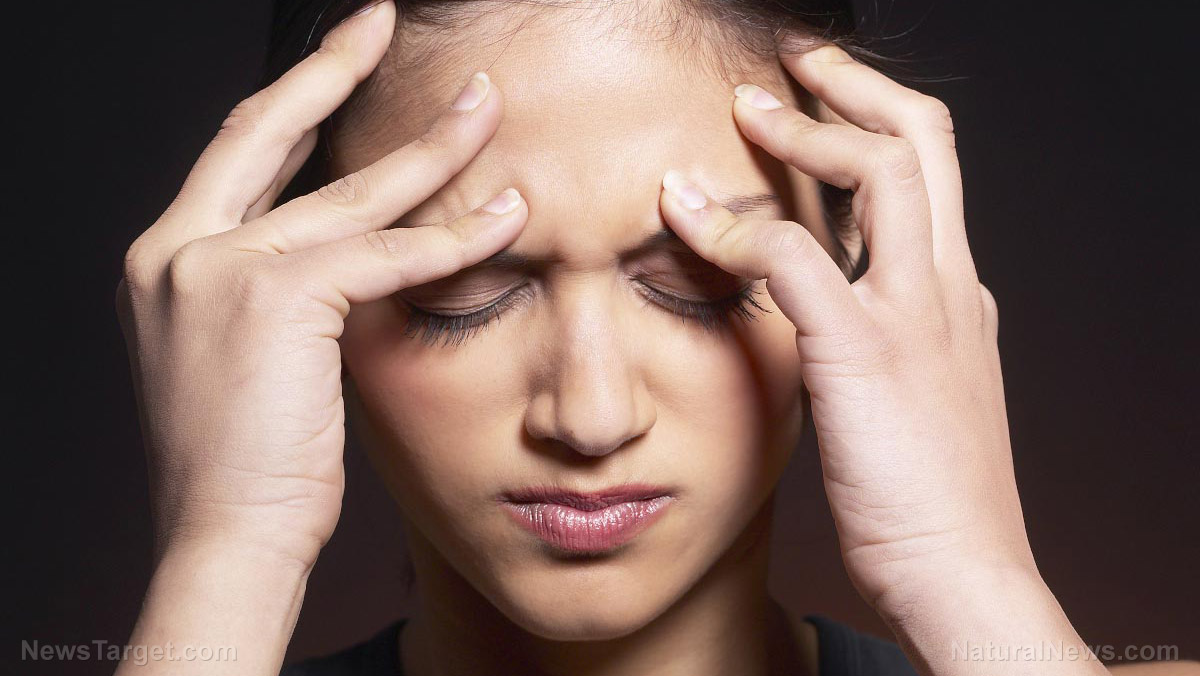Study: People who exercise more tend to develop less severe COVID-19 symptoms
01/03/2023 / By Ramon Tomey

People who engage in higher amounts of physical activity before getting infected with the Wuhan coronavirus (COVID-19) tend to develop less severe symptoms, according to a study.
The study published Dec. 14 in the American Journal of Preventive Medicine (AJPM) sought to determine if there is a link between physical activity and less severe COVID-19 outcomes. In the paper, the researchers observed 194,191 adult patients at the Kaiser Permanente healthcare facility in Southern California who tested positive for COVID-19 between Jan. 1, 2020 and May 31, 2021. Their study was not seeking to factor in participants’ sexes, races or any chronic health problems they may have.
All participants had self-reported their levels of physical activity two years prior to being infected with COVID-19. The researchers then categorized the participants’ activity, with those having 10 minutes or less of exercise per week falling under “always inactive” and those having 150 minutes or more of exercise weekly falling under “always active.”
Based on the researchers’ analysis, those in the “always inactive” category were more likely to have adverse COVID-19 outcomes. Participants who had little to no physical activity had the highest risk of being hospitalized and dying of COVID-19. Moreover, this trend held true for patients of different sexes and races, and those with underlying chronic conditions.
“Pre-existing chronic conditions – such as obesity, [cardiovascular disease], diabetes and hypertension – are strongly associated with COVID-19-related deaths,” noted the authors of the AJPM study. “These data indicate that if a person with chronic disease was infected – the odds of hospitalization, in-patient deterioration event and death were lower among those who were engaged in some physical activity before COVID-19 diagnosis compared with those in the always inactive category.”
AJPM study mirrored the findings of earlier paper about COVID-19 and exercise
The AJPM paper mirrored the findings of a February 2022 paper published in the British Journal of Sports Medicine (BJSM). The earlier study looked at the physical activity of 65,361 South African patients who tested positive for COVID-19 from March 19, 2020 to June 3o, 2021.
The study participants’ COVID-19-related outcomes were matched against their history of physical activity. This involved data from smart devices, recorded gym attendance and participation in mass sporting events in the two years before the South African government imposed a COVID-19 lockdown.
The researchers found that after accounting for demographic factors and other risk factors, patients in the “high activity band” (i.e. those who exercised more than 150 minutes per week) had a diminished risk of suffering from negative COVID-19 outcomes. (Related: Study: 150 Minutes of moderate exercise a week can help reduce risk of COVID-19 infections.)
Compared to those with low levels of physical activity, participants belonging to the high-activity band were found to be at a 34 percent lower risk of being hospitalized and at a 41 percent lower risk of needing intensive care. Furthermore, they were at a 45 percent lower risk of requiring ventilators and had a 42 percent lower risk of dying from COVID-19.
“Adults with high and moderate physical activity levels had significantly better outcomes than those with low activity when contracting COVID-19. The apparent protective effects of regular physical activity extended to those with concomitant chronic medical conditions,” the authors of the BJSM study concluded.
“Results suggest that reducing physical inactivity may be one pathway to lowering the odds of adverse COVID-19 outcomes. The benefits of reducing physical inactivity should lead to its recommendation as an additional pandemic control strategy for all, regardless of demographics or chronic disease status,” the authors of the AJPM study wrote in their conclusion.
“The cumulative evidence of less physical inactivity’s benefits for people with COVID-19, even those in the highest risk categories, has public health significance. Adults should be encouraged to reduce their physical inactivity as another COVID-19 mitigation strategy.”
Visit Pandemic.news for more stories related to COVID-19.
Watch Dr. Pam Popper discusses the link between physical inactivity and COVID-19 risk below.
This video is from the Wellness Forum Health channel on Brighteon.com.
More related stories:
Irrefutable evidence that physical activity cures depression.
Physical activity STRONGLY determines how old your brain is.
Lack of physical activity cause teens’ bones to become weak and fragile.
Better than antidepressants: Physical activity is a simple way to improve your mood.
Regular physical activity helps prevent or reduce artery stiffening linked to heart failure.
Sources include:
Submit a correction >>
Tagged Under:
alternative medicine, COVID outcomes, covid positive, covid-19, exercise, fitness, infections, Men's Fitness, natural medicine, outbreak, pandemic, physical activity, research, slender, Women's Fitness, Wuhan coronavirus
This article may contain statements that reflect the opinion of the author
RECENT NEWS & ARTICLES
COPYRIGHT © 2017 HEALING NEWS




















